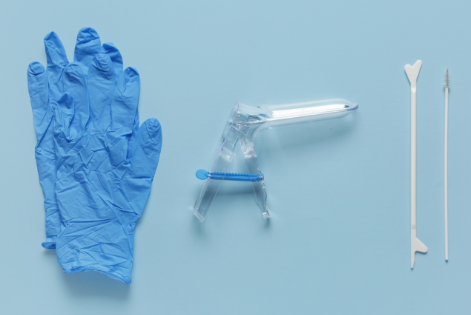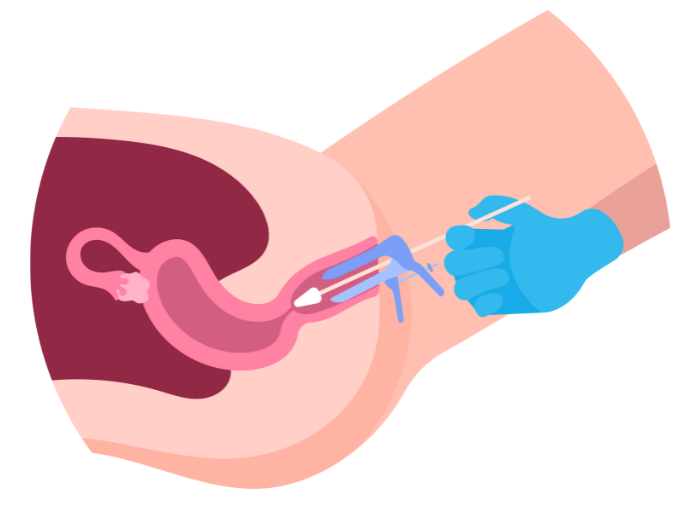What’s a Pap Smear?
By: Krystene Wray, WHNP-BC, IBCLC, PMH-C, MSCP
What is a Pap Smear?
A Pap smear is a preventive test (screening) that checks for cervical cancer and other abnormalities of the cervix. It involves collecting cells from the cervix to detect any changes that could lead to cancer. An abnormal pap smear does not necessarily mean you have cervical cancer. There are different types or “levels” of abnormalities and each result is treated differently based on your age and history.
Why is a Pap Smear Important?
Regular Pap smears can help identify precancerous conditions and early-stage cervical cancer, which are often treatable. The test can significantly reduce the risk of developing cervical cancer, making it a crucial part of routine gynecological care.
When Should You Get a Pap Smear?
Starting at Age 21: Most women should begin Pap smear screenings at age 21, regardless of sexual history.
Ages 21-29: Every three years if results are normal.
Ages 30-65: A Pap smear combined with an HPV test every five years, or a Pap smear alone every three years.
Over 65: Talk to your doctor about whether you still need screenings.
Post hysterectomy: Occasionally vaginal pap smears are recommended depending on your history.
How is a Pap Smear Performed?
Preparation: During your gynecological exam, you’ll be asked to lie back and place your feet in stirrups.
Collection: The healthcare provider will use a speculum to gently open the vaginal walls and collect cells from the cervix using a small brush and spatula or a “broom”.
Duration: The entire procedure typically takes a few minutes and may cause mild discomfort such as pressure with speculum insertion into the vagina and mild cramping with the pap, which is collecting the cells from the cervix. The procedure is usually quick and straightforward.
Let’s Get Visual!
Gloves, speculum, and a cervical brush and spatula to collect cells from the cervix. Some providers use a “broom” instead of the brush and spatula.
The speculum is inserted into the vagina and opened so the cervix can be viewed and cells can be collected. This part of the exam may include vaginal pressure and mild cramping while the pap is collected. A pap smear should not be painful!
A cervix kind of looks like a pink donut. Round with a hole in the middle. The “hole” in the middle is the os or opening of the cervix that leads to the uterus.
This image provides a visual of a cervix and a cervical “broom” which may be used to collect cells from the cervix.
What to Expect After the Test:
Results: You’ll usually receive your results within a week. If abnormal cells are found, your doctor will discuss next steps.
Find more information here:
Follow-Up: Depending on your results, your provider will give you a follow up recommendation. You may need further testing or more frequent screenings for abnormal results. Although you may not need a pap smear every year, you should schedule a yearly “well woman exam”.
Common Myths & Misconceptions:
Myth: Pap smears are only for sexually active women.
Truth: All women should have regular Pap smears starting at age 21, regardless of sexual activity.
Myth: A Pap smear hurts.
Truth: While some may experience slight discomfort, it shouldn’t be painful, think “weird pressure”.
Conclusion
A Pap smear is a simple yet crucial aspect of women’s health care. By staying informed and scheduling regular screenings, you can take an active role in protecting your health. If you have any questions or concerns, don’t hesitate to reach out to your healthcare provider. Your health is worth it!




